Can tomatoes be watered with cold water and why is it dangerous?
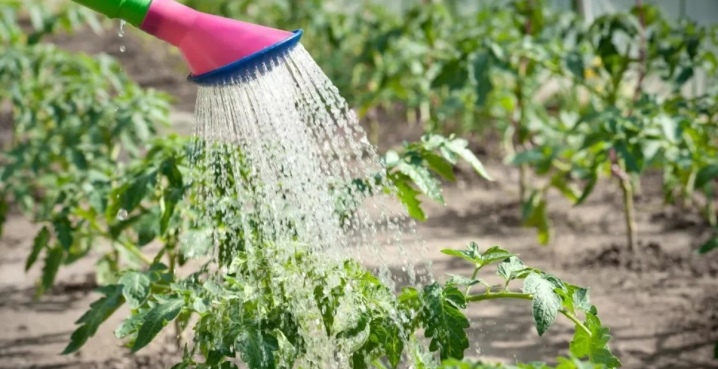
Gardeners and gardeners should figure out if tomatoes can be watered with cold water. To answer this question, you first need to find out what will happen when watering tomatoes from a hose from a well. Having answered this, you can already say for sure which water is better to water the tomatoes on the site.
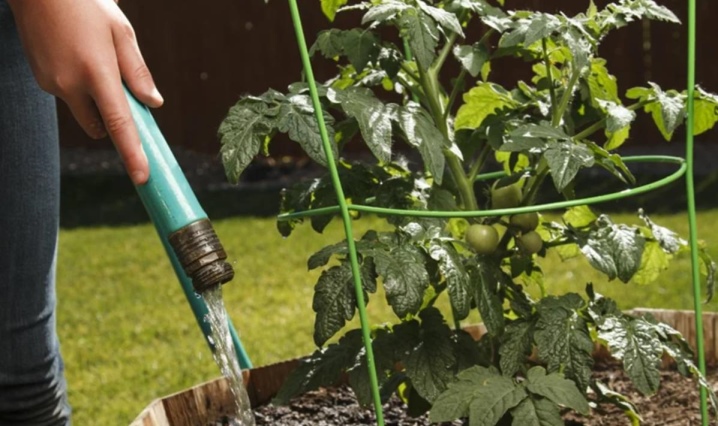
Possible water temperature
Caring for plants in the beds is very difficult and is characterized by a large number of pitfalls. Many people are not even aware of them or consider the well-established approaches in gardening and horticulture to be just a tradition. However, in fact, a deep meaning is hidden behind it, and this fully concerns the question of whether it is possible to water tomatoes with cold water or not. Tomatoes are famous for their capriciousness and capriciousness, if I may say so, to the growing conditions. A sharp violation of these conditions threatens with serious troubles.
Often, to save time, energy and health, tomatoes are watered with a hose. Either they direct the stream specifically by turning this hose, or stretch it along the beds. But still more responsible and neat gardeners try to use a regular watering can or buckets. And here the opinions of experts regarding the temperature of the irrigation water differ.
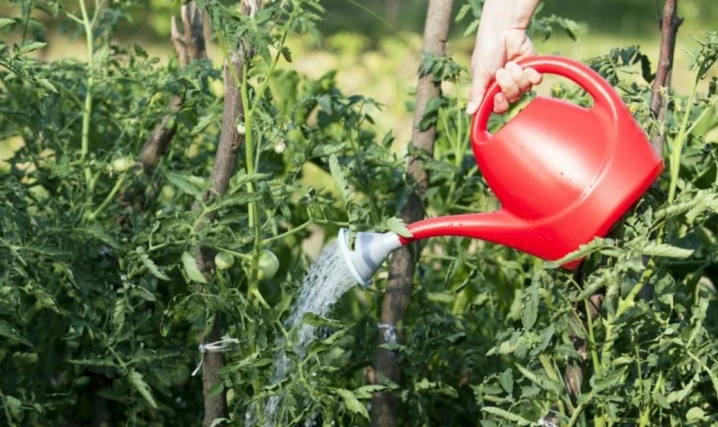
Some say that it is better to use cold water. Others are inclined to believe that it is more correct to use a warm liquid. Oddly enough, both approaches can be correct. The fact is that each area has its own temperature standards, and now it is impractical to deviate from them. For example, in the temperate climatic zone, to which the bulk of Russian vegetable gardens belong, this figure ranges from 20 to 26 degrees.
Obviously, in spring (and in cold weather - even in summer), it can be difficult to maintain this figure. Water from a well, mains supply, or open reservoir is usually too cold. Quite rarely, its temperature exceeds 10 degrees. Using such a liquid is not only harmful, but very harmful. It is capable of causing almost irreparable damage to a valuable vegetable, it also harms berries.
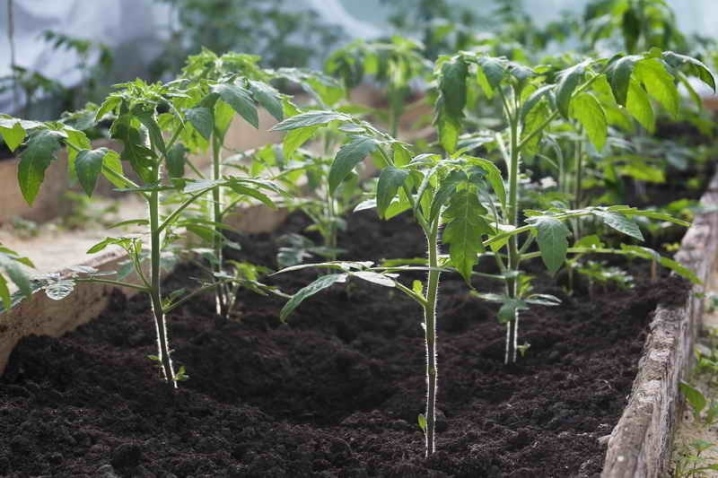
The most correct way is to use rainwater. Falling from the sky from above, it manages to acquire the most suitable temperature. But if there is no rain or very little, you still have to get out of the situation differently. For example, keep water in dark barrels or cisterns where it will naturally warm up.
Important: using too hot water is also not recommended - the consequences can be no less sad.
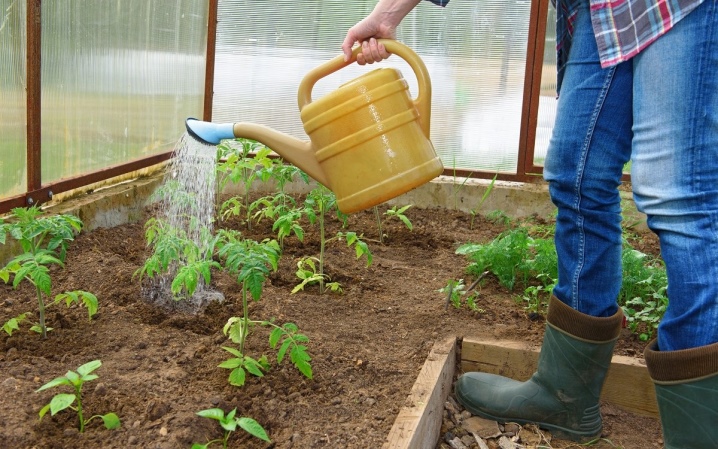
Why is watering dangerous?
But it is imperative to understand what all these prohibitions and frameworks are connected with. Having figured out what will happen if tomatoes are watered with unjustified cold water, people will definitely be able to avoid such a mistake in later life. As you know, the flow of fluid affects the biological balance of the plant, the conditions of the environment in which it exists. And to understand what this means, it is useful to draw an analogy with a person. Here is a hot - even sultry - day. A person decides to swim in a river (lake, pool) or drink a cold liquid. As a result, the body experiences a severe blow. But soon the bathing ends, the drinking too - and the effect of the previous temperature begins again.
However, people can control their behavior in one way or another, as well as go to cooler or hotter places of their choice. Tomatoes, as it is easy to understand, cannot do this.Plants can only be in one place and suffer silently, limply. Such a strong stress sometimes even leads to the emergence of serious diseases and to the loss of the basic properties for which the culture is bred. It is necessary to adjust the required temperature individually, taking into account specific weather conditions.

It is often thought that if you "pour a little" with cold water, then it is not scary. However, such a statement would be another delusion. The liquid will still get to the roots rather quickly and will not have time to warm up in any significant way.
If you pour very little water, then the essence of the irrigation procedure is devalued. At the same time, however, we must not forget that each type of tomato needs specific care.
And yet there is one subtlety that must not be forgotten regardless of the variety and weather conditions. The fact is that watering the plant itself with cold water can perform the function of hardening, adapting the seedlings to the cold. However, it is not recommended to apply a liquid of a similar temperature under the root. But such a procedure is acceptable - relatively, of course - in the aisles. The leaves must remain dry in any case. And this is due not so much to the alleged lenses as to the danger of a fungal infection.
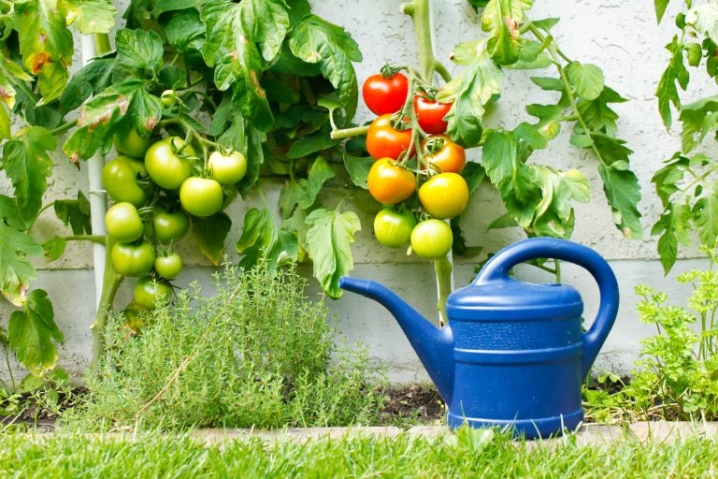
We take into account the variety
It is quite logical that only varieties of crops that are resistant to bad weather can tolerate cold watering relatively stably. For example:
-
"Record holder";
-
"Severyanka";
-
Snegirek;
-
"Red Arrow";
-
Lemon Giant.
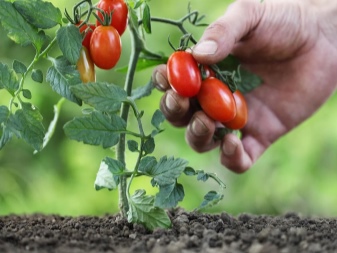
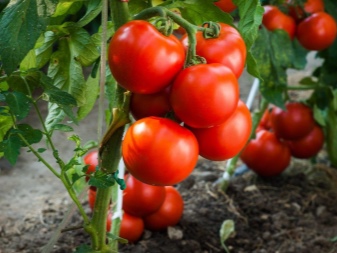
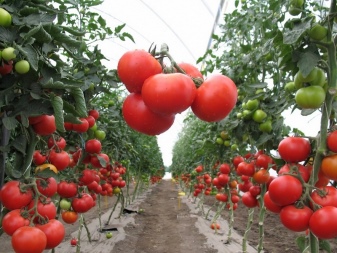
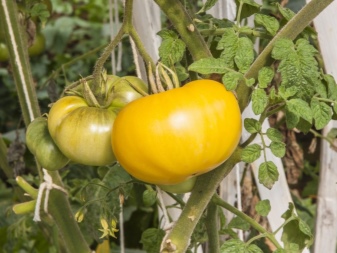
The same "Record holder" ripens very early and is resistant to apical rot. "Severyanka" appreciated for the amount of ovaries formed. Dense berries on a standard bush are not inclined to crack. More detailed guidance on specific varieties can be obtained from professional agronomists. But in any case, if it is possible to use water at the same temperature as the surrounding air, or a maximum of 1-4 degrees colder, it is precisely this water that must be used, despite the difficulties of this approach - then the harvest will definitely please.
How to properly water tomatoes, see the next video.









The comment was sent successfully.